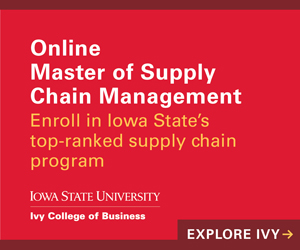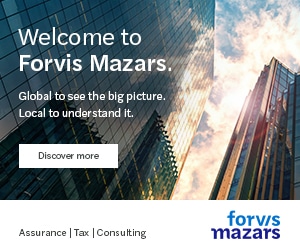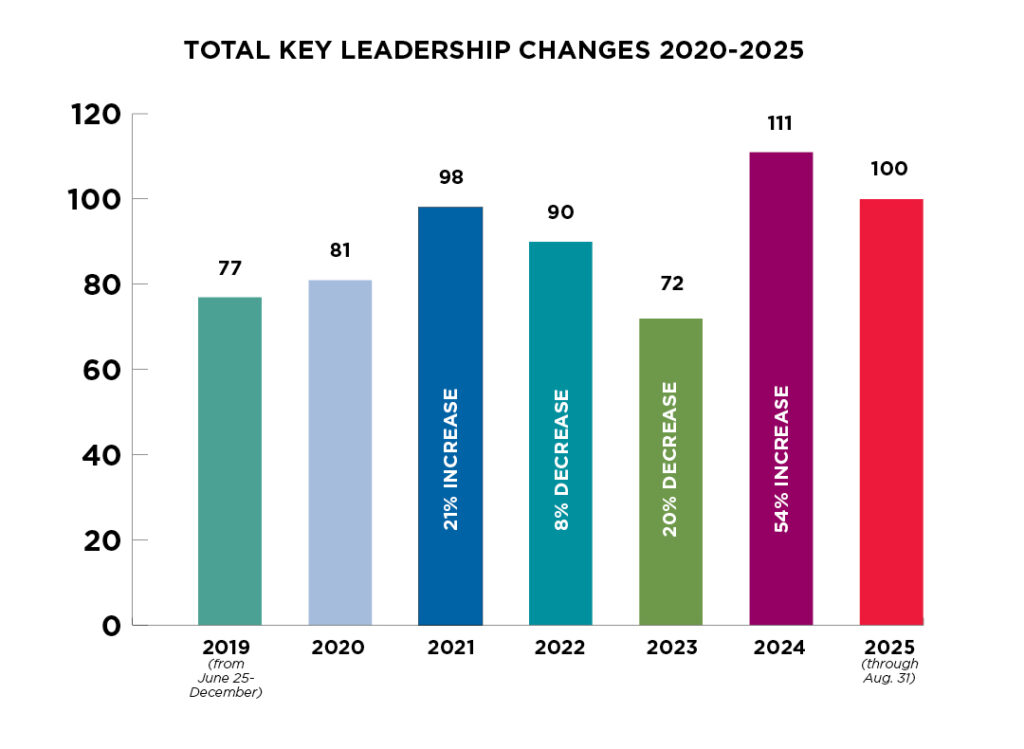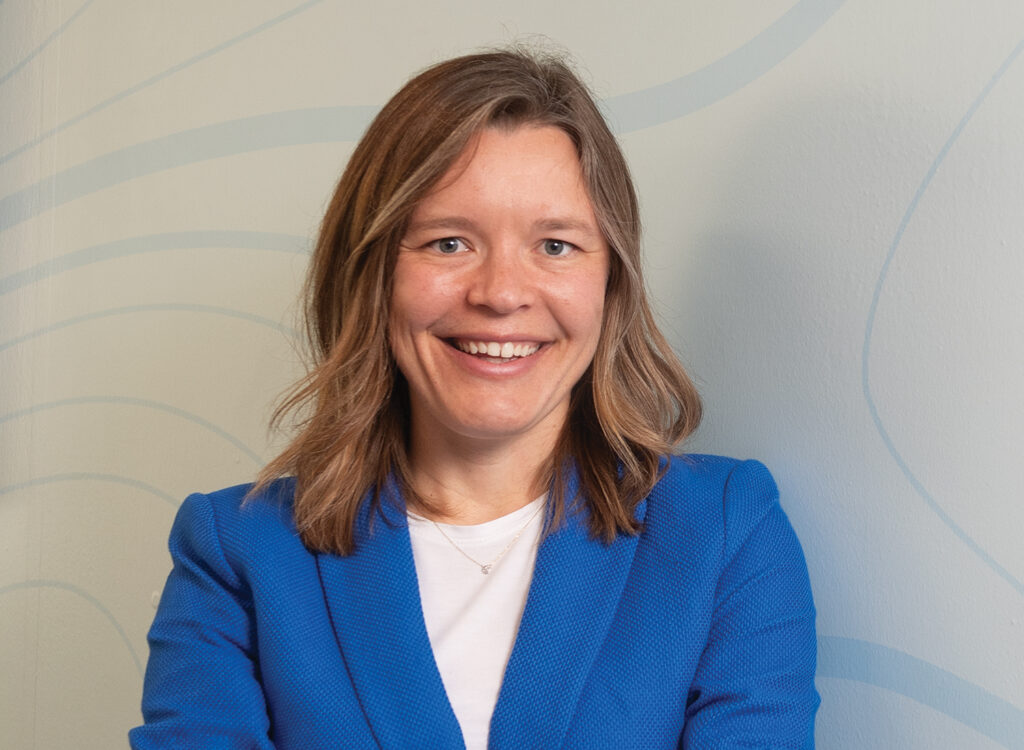McLellan: You can’t be a one-trick pony

DREW MCLELLAN Jul 10, 2019 | 3:27 pm
3 min read time
616 wordsBusiness Record Insider, Sales and MarketingIn the final column of this series where we’ve been identifying what it would take to assume an authority or expert position for your marketing, we’re going to talk about the where.
Essential No. 3 is that a true thought leader is not a one-trick pony. An expert does not just have a book. Or a podcast. Or a Facebook page. The challenge is that whatever pony you rode in on is not going to be the popular pony in a year or two. If you’re going to build this position for your company, you have to answer the question “How does my point of view come to life in multiple channels?” You’re going to want to have a primary channel as your cornerstone, but you also want to quickly build some cobblestones off that cornerstone. You want to create the impression that you’re everywhere. The good news is that it doesn’t take that many cobblestones to make that happen.
We have a client who sells to hospitals and health systems. They’ve built a cornerstone around doing primary research focused on the power of a candid communication culture for health care-related organizations. They conduct primary research and publish the results. From there, they consistently slice and dice that research into cobblestone content on their website’s blog, speeches that CEO gives at health care conferences, and podcast appearances.
As you might imagine, they share all of those content elements on their social channels to create interest in both the cobblestones and the cornerstone. Each piece builds on the others, and all of them drive the organization’s point of view and how they serve this audience.
True experts or influencers seem to be trying to be everywhere, but really all you need are a couple of consistent channels. You want to build something you can sustain for the long haul, and unless you’re going to make being an authority your full-time gig, it’s better to start with just one cornerstone that you can repurpose.
If your cornerstone content is targeted and tied to your POV and you’re consistently creating smaller pieces of content from that cornerstone, that’s all you need to do to get invited onto other people’s channels. That’s when you can exponentially expand your reach and audience.
One of the vital elements about being an authority is that you don’t want everything to remain on your own channels. You want to leverage other people’s sphere of influence, and now they’re telling other people how smart you are and introducing you to an entirely new audience.
That amplification really expands your audience, but you have to build a strong foundation to get the invites. But they will roll in, in a variety of ways.
Once you’ve established yourself as an expert, you’ll be invited to:
- Speak at conferences.
- Be a guest on podcasts.
- Write bylined articles for publications.
- Sit on a panel of experts.
- Serve on a board.
- Write a column.
- Teach a class.
- Be part of a webinar series.
- Be interviewed/a source for the media.
And that’s just the tip of the iceberg.
This column wraps up the formula for positioning your organization as an authority. You need to narrow your focus, have a strong point of view, and build out that cornerstone so you can slice and dice it to create cobblestones.
I’m not suggesting this is an easy strategy. But I am here to tell you it’s an incredibly effective one. Given that consumers today are more likely to find you and be pretty far down the sales funnel by the time you even know they are there, you can see the power in being their go-to resource long before they’re ready to buy.










